Electronic enthusiasts at 8 o'clock in the morning: I did not expect Lao Yang to fill the pit so slowly ~ I did not expect it myself. The last issue introduced what you need to pay attention to when staying up with the fans party to buy TV. Today we will talk about the home theater party.
To tell the truth, to enjoy the movie effect at home, there are two aspects of picture quality and sound quality, both of which can be seen from the source of the film and the product, and the product must be viewed from the perspective of software and hardware ...
Picture quality product hardware part 1, what is the resolution, 4K and pseudo 4K?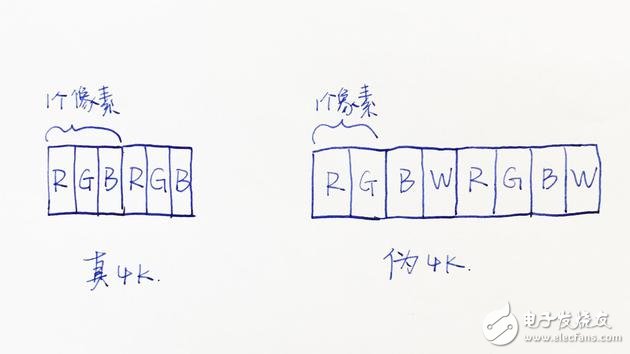
Speaking of which, most people may be familiar with the concept of resolution, which is the size of the popular video image. What 4K, 1080P, 720P are resolutions. The names like 4K and FullHD actually represent a range of resolutions, usually how many lines of pixels (pixels: digital images are composed of dense points, this point is called pixels), For example, 4K has 2160 rows, FullHD has 1080 rows, and then determines how many columns of pixels there are according to the screen length to width ratio. For example, the 16: 9 4K screen resolution is 3840 * 2160.
So what are 1080P and 720P? This P stands for progressive pixel scanning, that is, when the image changes, the first line of pixels changes color from left to right, and then the second line ... These changes are so fast that they give the impression of continuous motion. Corresponding to P is I, that is, interlaced scanning, jumped like this, and now there is basically no interlaced screen.
So we already know 4K, what is pseudo 4K? According to the above, a 4K screen has a total of 3840 * 2160 pixels, and a pixel is composed of three sub-pixels of red, green, and blue. Then a 4K screen has a total of 3840 * 2160 * 3 sub-pixels. However, a few years ago, the LCD technology was not as developed now, and the overall screen brightness could not be guaranteed, so the manufacturer inserted white or yellow sub-pixels between the red, green, and blue sub-pixels, but the overall number is still 3840 * 2160 * 3 sub-pixels. . In this way, four sub-pixels are combined into two pixels. Both color reproduction and sharpness are slightly lacking compared to real 4K, which is pseudo 4K.
2. What are the quantum dots that have been clamoring for the past two years?Major manufacturers tell you that quantum dots are a new material, and quantum dot materials of different sizes can emit more pure and bright light through illumination. However, as far as the current technology is concerned, the quantum dot screen still cannot escape the structure of the liquid crystal panel. The quantum dot is present in the backlight layer in the form of a layer of coating to improve the brightness of the backlight.
The structure of the LCD screen is the last layer of white light, and then the liquid crystal layer rotates through the angle of the molecule to let the color that you want to display pass. With the addition of this layer of quantum dot film, the maximum brightness of the screen as a whole can be increased.
3. What is HDR?
Is it better if the screen brightness is higher? Not absolutely. For example, the overall environment is relatively dark, so the improvement in picture quality is affirmative. But for a picture with a strong contrast between light and dark, the details in the dark environment can finally be seen clearly because of the high brightness, but at this time the originally bright place was overexposed.
What HDR needs to solve is to make the contrast between the brighter and darker images clearer. It is technically done through backlighting.
As mentioned above, the liquid crystal screen is mainly a liquid crystal molecular layer that is affected by the backlight and the "sieve". At first, the brightness of the backlight cannot be adjusted. Later, it is technically possible to detect the brightness of the overall picture, thereby adjusting the entire backlight to match the picture. From these two years, the backlight can achieve partition and control. In other words, in an image with a large difference between light and dark, the backlight is turned up in bright places, and the backlight is turned down or turned off in dark places.
4. Which is better, LCD screen or OLED?As mentioned earlier, if the LCD wants to achieve a stronger contrast between light and dark, it is basically necessary to adjust the backlight layer. The structure of OLED makes it more convenient when adjusting the brightness, because compared to the two-layer structure of liquid crystal, OLED is a combination of a pair of extremely small light bulbs.
Who is good and who is bad, as far as the current technological development is concerned, each has its own advantages. The brightness of the LCD screen is higher, and the image quality will not decay over time, and the cost is lower. But the structure of the liquid crystal makes it impossible to make it very thin. OLED can be made thin, and the color performance is comparable to the same level of liquid crystal, but as far as the current technology is concerned, the brightness is too high, the product life is relatively low, and the OLED panel cost is high, and the production capacity is also limited.
LCD and OLED image quality debates have not stopped until now. This question is actually like asking, whoever runs fast, male or female, but there are fat men who can't move, and professional athletes. Therefore, the quality of a TV is good or bad, the panel can only play a part, and the later image quality engine optimization also plays an indelible role.
Picture quality product software part
Why do many people say that Sony Dafa is good? In the field of TV products, Sony does not even develop its own panels. This is not a foreign country, and a large number of domestic companies do not compare with Sony in terms of investment in image quality research and development.
Let Dafa TV be called a faith, and the image quality chip is definitely one of the heroes. In the early years, Sony killed Sharp, the father of LCD, in the TV field, which is the merit of image quality optimization. In addition to Sony, Hisense also announced the development of its own picture quality chip the year before. Other manufacturers, although there is no separate chip, there will still be optimization algorithms in the system to optimize the picture.
To be reasonable, if the source of the film is good enough, then there is no need to adjust the color. but! Now the sky is full of 4K TV, but the content of 4K resolution is very few. Most of the cable TV signals in China are 480P resolution. A few HD stations, the resolution can reach 720P and above. Even today's Internet video content is dominated by 1080P. So what the image quality engine has to do is actually optimize these 4K images to a look and feel similar to 4K.
The first is to sharpen the image. Everyone knows that if you magnify a photo infinitely on a computer, a mosaic effect will appear. This is the effect of playing 1080P and 720P videos on a 4K screen. To make a simple analogy, a dot may occupy 5 pixels, but after stretching, if it is not processed, it is 20 pixels. In order to make this figure look more like a circle, four pixels need to be added. By analogy, the image engine must do this first.
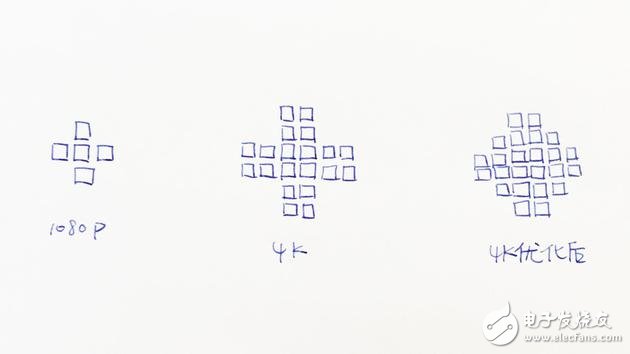
Second, image noise reduction. We used a mobile phone to take a picture of the night sky, and we can see that there are many dots of various colors in the black part of the sky. Even for professional equipment, there will be losses in the process of shooting or signal transmission. All the TV image quality engine has to do is to remove these things like PhotoShop (although the effect is not as good as PS).
Again, the image transition is smoother. For example, the colors in the sunset sky are gradual, but no matter the signal loss or the lack of the panel's own ability, it is easy to turn the sky into a piece by piece. All the image quality engine needs to do is make the transition look gradual instead of stepped.
Also, HDR is optimized. The above explains what HDR is on the hardware, but more light and shade also means more color. It turns out that 8-bit binary numbers can cover these colors. In HDR, you need to use more binary digits to cover all colors. We call the original color quantity standard SDR, and now it is HDR. So what does it feel like to play SDR on an HDR device? If there is no optimization, then it should be the same as a TV that does not support HDR. All the image quality engine has to do is calculate and stretch the SDR to the HDR standard.
The above is not all the things that all image engines or image chips can do, but after watching TVs equipped with these technologies, you ca n’t go back to ordinary. These technologies are often only available on flagship devices, of course, expensive TVs sold.
Source
I just mentioned the TV's hardware and internal algorithm optimization, but if the TV is used to play a better source, this improvement is more obvious. For example, for the same movie, it is absolutely different to watch SD and Blu-ray DVD on the website.
Due to the difference in film sources, most people may know the resolution parameter, which represents the size of the entire video screen. But the resolution is actually determined by another parameter, that is, the bit rate, the unit is kbps. The higher the bit rate, the clearer the image at the same resolution.
Sound effects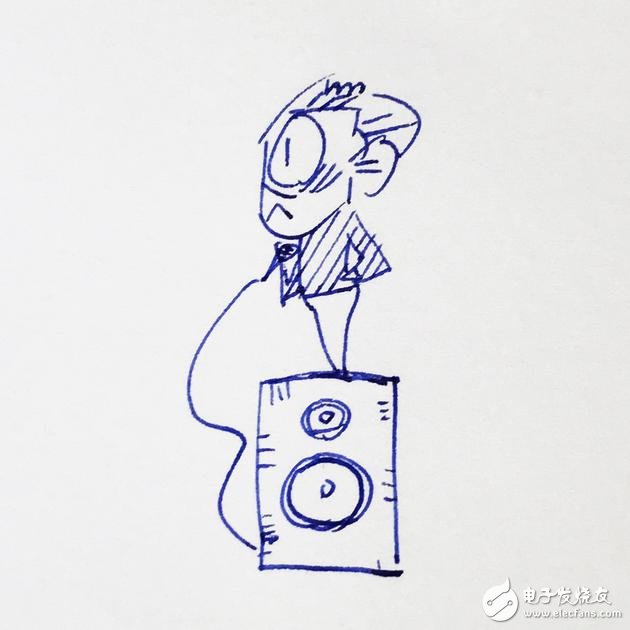
Since watching movies at home, of course the pursuit is to restore the effect of the theater as much as possible. But looking at the trend of thinner and thinner TVs, it actually runs counter to sound effects. This is also the reason why there are more and more stereo speakers in these years.
Studying the sound effect pays attention to the resonance between the cavity and the generating unit, and the sound source is divided into left and right dual channels, 2.1 channels (plus a subwoofer in addition to the left and right channels), 5.1 (center channel, left front, left rear, right front, right rear and A subwoofer) and so on. One channel represents the sound coming from one direction.
To put it simply, the appearance of the split SoundBar improves the original speakers, and the effect is probably similar to the upgrade of bicycles to electric vehicles. But if you want to meet the standards of the car, please buy other audio and video equipment separately.
Now TVs basically support audio decoding of more than 5.1 channels, and some also support Dolby Atmos. It is no problem to output such audio content, but now video that supports this audio standard ... is still pitiful.
Okay, I said a lot today. Let ’s talk about how the game party buys TV in the next show.
Disclaimer: The works reproduced on the website of Electronic Audiophile all indicate the source as much as possible, and all rights of the owner of the work will not be transferred due to the reprinting of this site. If the author does not agree to reprint, please inform this site to delete or correct it. The reprinted works may be changed in the title or content.
Mark4 V2 Mark4 7inch 295mm / 8inch 367mm / 9inch 387mm / 10inch 427mm 3K Full Carbon Fiber TrueX Frame for FPV Camera Kit Done:
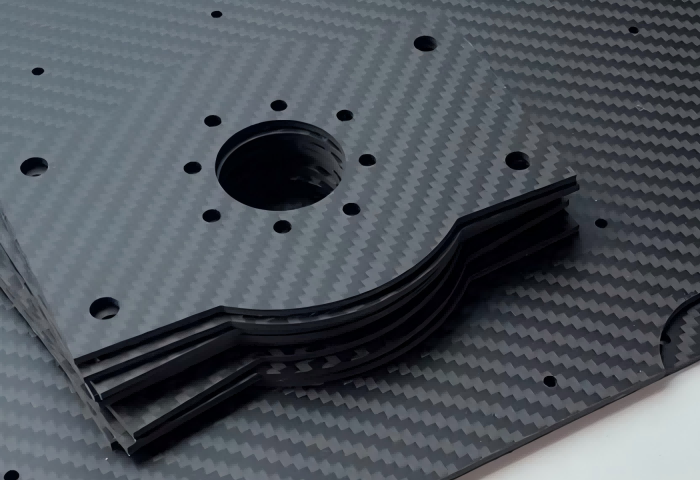
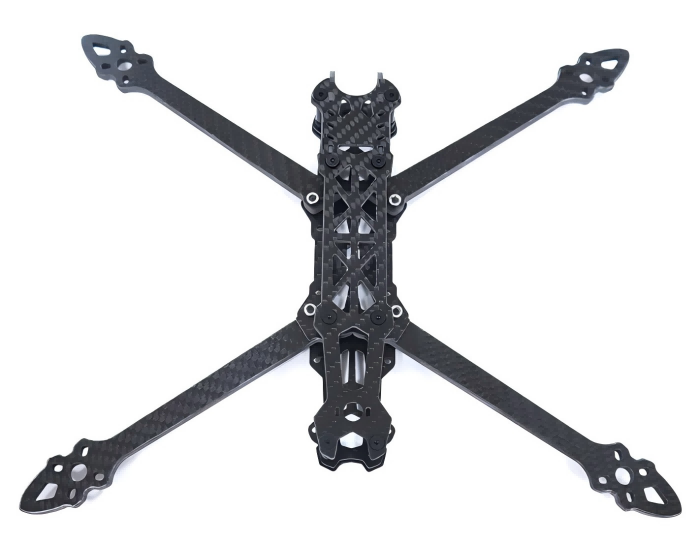
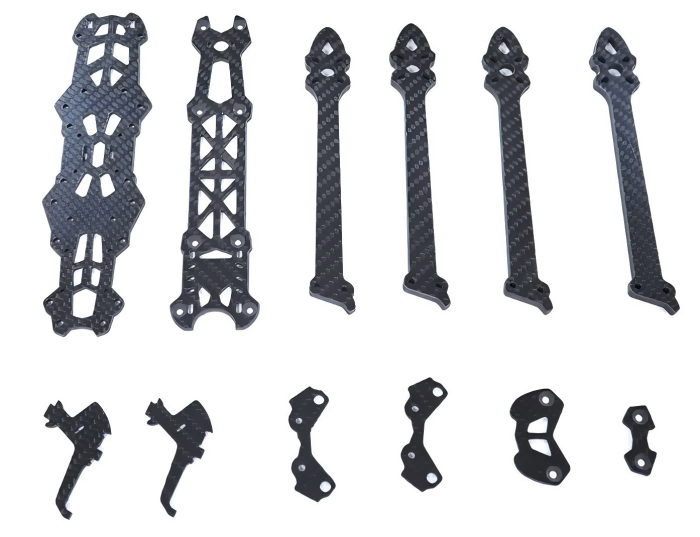
Carbon Fiber FPV Drone Frame,FPV Drone TrueX Frame,Carbon Fiber FPV Frame
Jiangsu Yunbo Intelligent Technology Co., Ltd , https://www.fmodel-ai.com